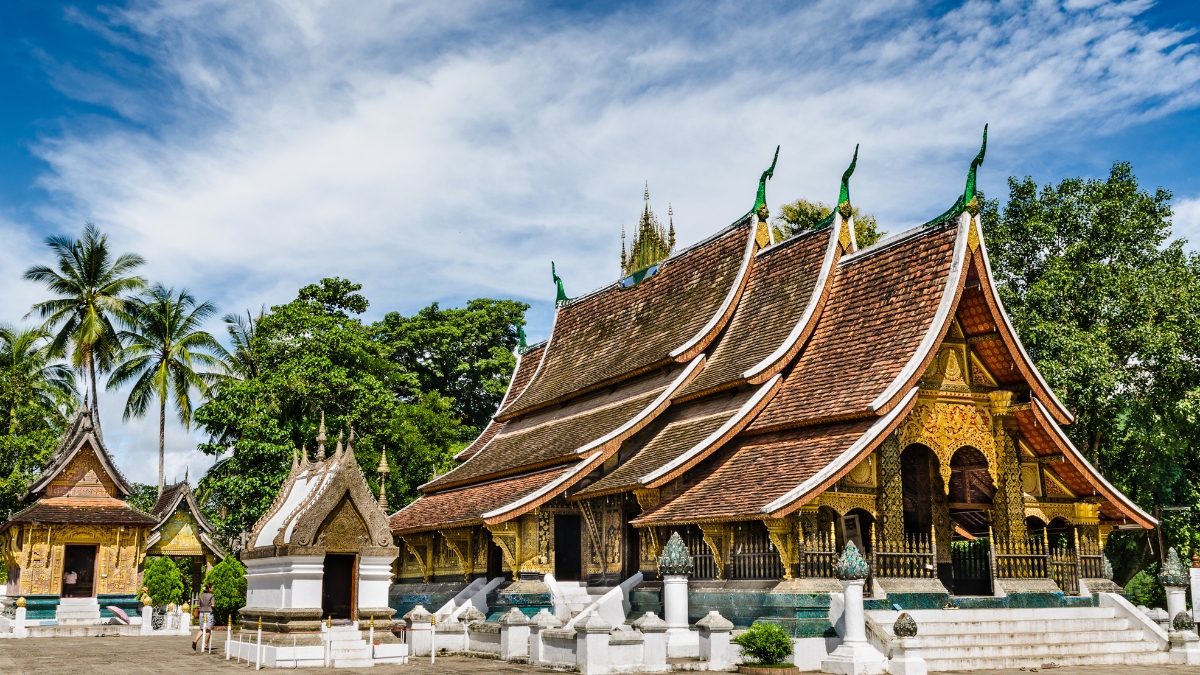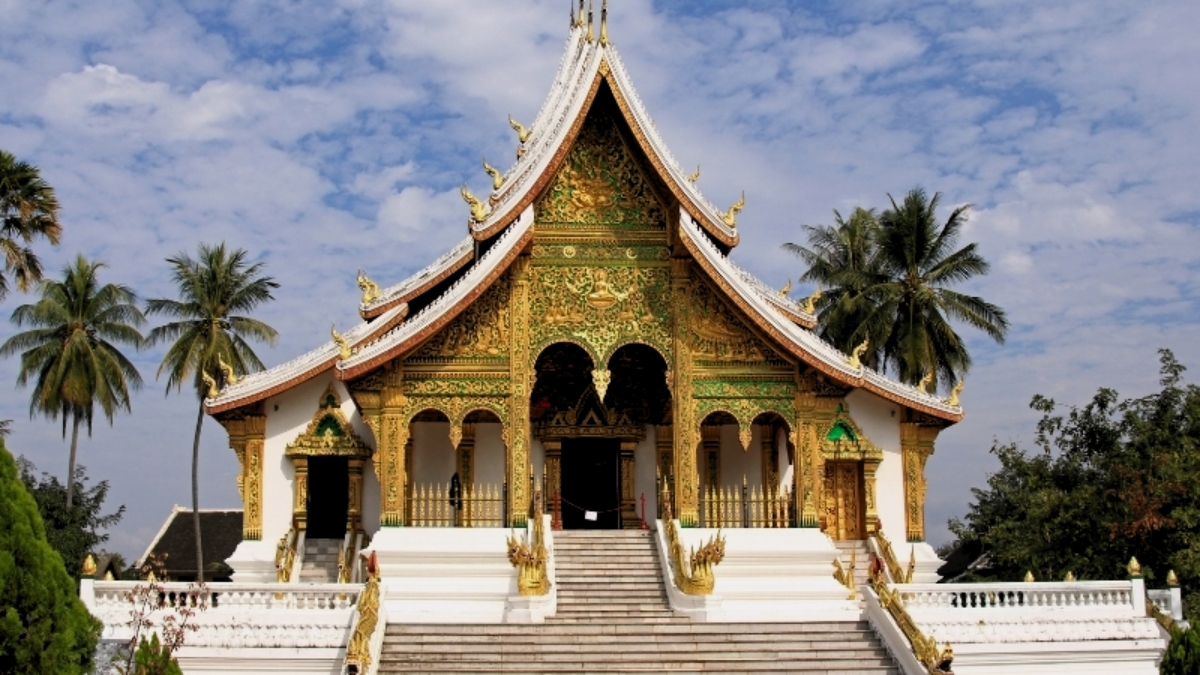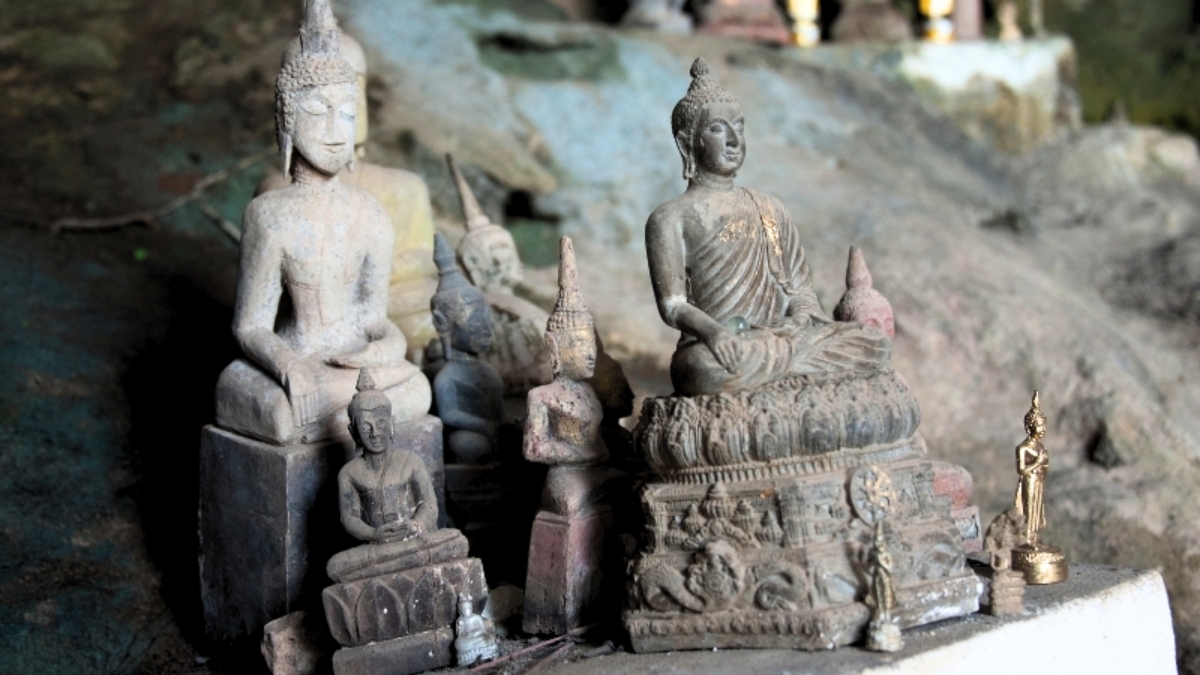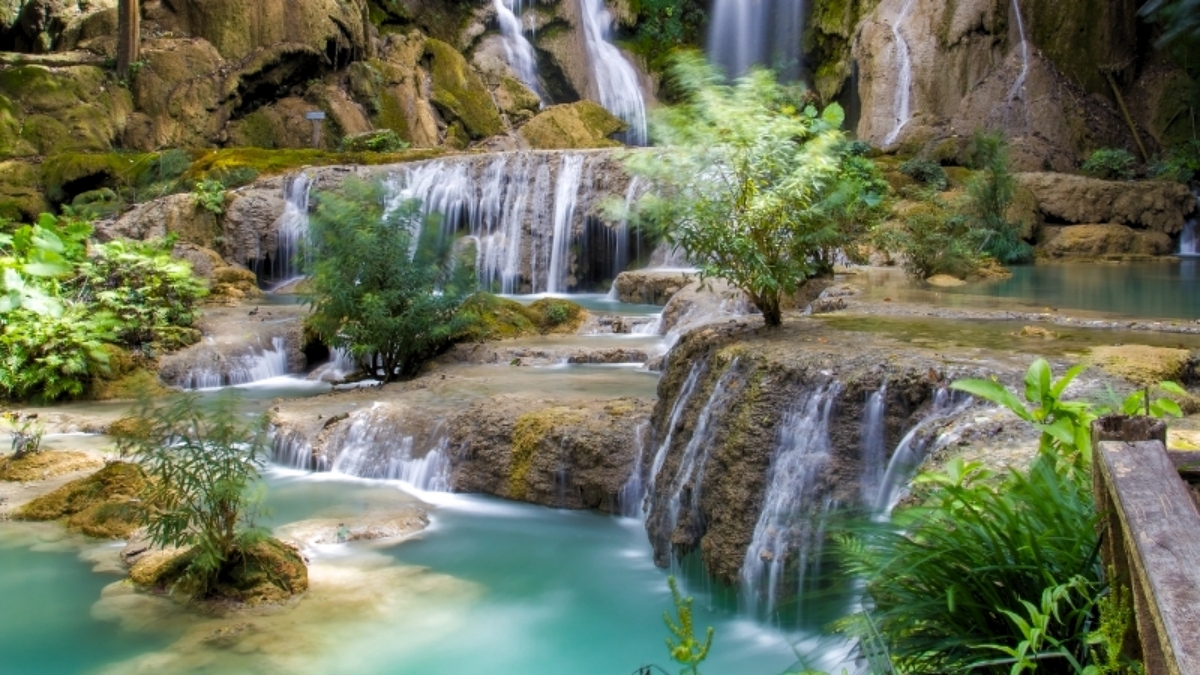Top Attractions in Luang Prabang
Luang Prabang is a city in Northern Laos that is considered to be one of the most picturesque in Southeast Asia because of its well-preserved, one-of-a-kind combination of temples and traditional architecture. This city is located within a protected zone that is part of the UNESCO World Heritage list, and it features a perfect equilibrium of natural beauty, tranquility, and joy. From Luang Prabang, it is possible to reach all of the natural beauty and untamed wildlife that contribute to Laos's widespread appeal.

Luang Prabang Is Famous For A Wide Number Of Attractions
Wat Xieng Thong
Historically, the temple served as the site of the burial of Lao kings. Wat Xieng Thong, built in 1560 at the direction of King Setthathirath, is a stunning example of the classic Lao style, with its sweeping couple-tiered roof and beautiful mosaics, the highlight of which is a spectacular 'tree of life' glass montage on the back temple wall. Among the many elaborate temples in Luang Prabang, this one is universally regarded as the most stunning and significant. Visitors can view gold statues, goddess sculptures, a funeral carriage that stands 25 meters (82 feet) tall, and exquisite reliefs and carvings that detail the history of important Buddha relics.

Wat Xieng Thong The Burial Site Of Lao Kings
Royal Palace Museum
During the time that Laos was under French colonial rule, King Sisavang Vong and his family made their home at what is now known as the Royal Palace Museum in Luang Prabang. The palace was turned into a museum in 1995 and was designed in the French Beaux-Arts style with many exquisite touches of traditional Lao culture. Objects of royal religious significance, weaponry, statues, screens, and paintings dating back hundreds of years are displayed in the museum.

Royal Palace Museum Keep Exquisite Traditional Laos Culture
Traditional Arts and Ethnology Center (TAEC)
The objective of the Traditional Arts and Ethnology Centre (TAEC), a Laotian non-profit organization established in 2006, is to preserve and share the country's rich cultural traditions and traditional living methods. The two main focuses of the Centre are its museum and its fair-trade handicrafts outlets, which are tied to several Laotian artisan communities. The Centre now features a library, an activity room for families, a terrace for outdoor activities, and a growing collection of artifacts from ethnic minorities.

Royal Palace Museum Keep Exquisite Traditional Laos Culture
In terms of both cultural heritage management and community development, TAEC has become a frontrunner in the region. It's the only non-governmental institution in the country that provides information about the country's many different ethnic groups to tourists and natives alike.
Mount Phosi
Mount Phou Si, also known as Phu Si, is an impressive hill that rises to a height of 100 meters and dominates the skyline of Luang Prabang. The name of the mountain, literally translated to "sacred mountain," is what the mountain is, and it is both the geographical and spiritual soul of the attractive city. You will be rewarded with 360-degree panoramic spectacular views of the thickly lush mountains that predominate over the peaceful rivers if you make your way to the peak of this World Heritage City.

Mount Phosi With Panoramic Spectacular Views
Pak Ou Caves
The Pak Ou Caves may be found north of Luang Prabang, on the banks of the Mekong River. These caves are located near the mouth of the Ou River, Tam Ting and Tam Pum are two of the caves in this system, which are known as the Cave of a Thousand Buddha Statues.

Thousands Of Buddha Statues In Pak Ou Caves
The name accurately describes the thousands of Buddha statues that range in size from miniature to life-size. According to recent studies, there are around 4,000 sculptures in total, roughly 1,500 located in the top cave (named Tam Pum Cave) and 2,500 located in the other cave (called Tam Ting Cave), also known as the main cave. Wooden statues are typically decorated in gold leaf after being painted with red or black lacquer. Animal horns, metal, and porcelain are also common materials here.
Kuang Si Waterfall
The Kuang Si Falls, often spelled Kuang Xi and referred to as Tat Kuang Si, are widely regarded as the country's most stunning natural attraction. The colorful water drops fifty meters into a series of small pools before joining the jungle river farther downstream. Water from Kuang Si Falls has flowed over the rocks for years, leaving behind a stunning travertine pattern engraved with deep lines. A beautiful picture of swimming pools in the sky is painted by the complementary colors of the clear blue water and the lush green of the surrounding forest.

The Most Stunning Natural Attraction In Laos Kuang Si Waterfall
Tad Sae Waterfall
There is a waterfall known as Tad Sae located approximately 12 kilometers to the south of Luang Prabang. Because of the irregular current, the best time to go to this location is during the rainy season, which begins in June and continues until the end of the year or, at the very latest, February. If you go during the dry season, you won't be able to see the breathtaking waterfall at Tad Sae, despite its stunning.

The Breathtaking Waterfall Tad Sae
Along with the city's historical and cultural attractions, Luang Prabang's surroundings are home to a large number of traditional villages that visitors can explore to gain insight into the city's extensive heritage.
See the following list of top attractions to get your wanderlust in Luang Prabang. It will give you some suggestions of where to go and what to see while you're there.
